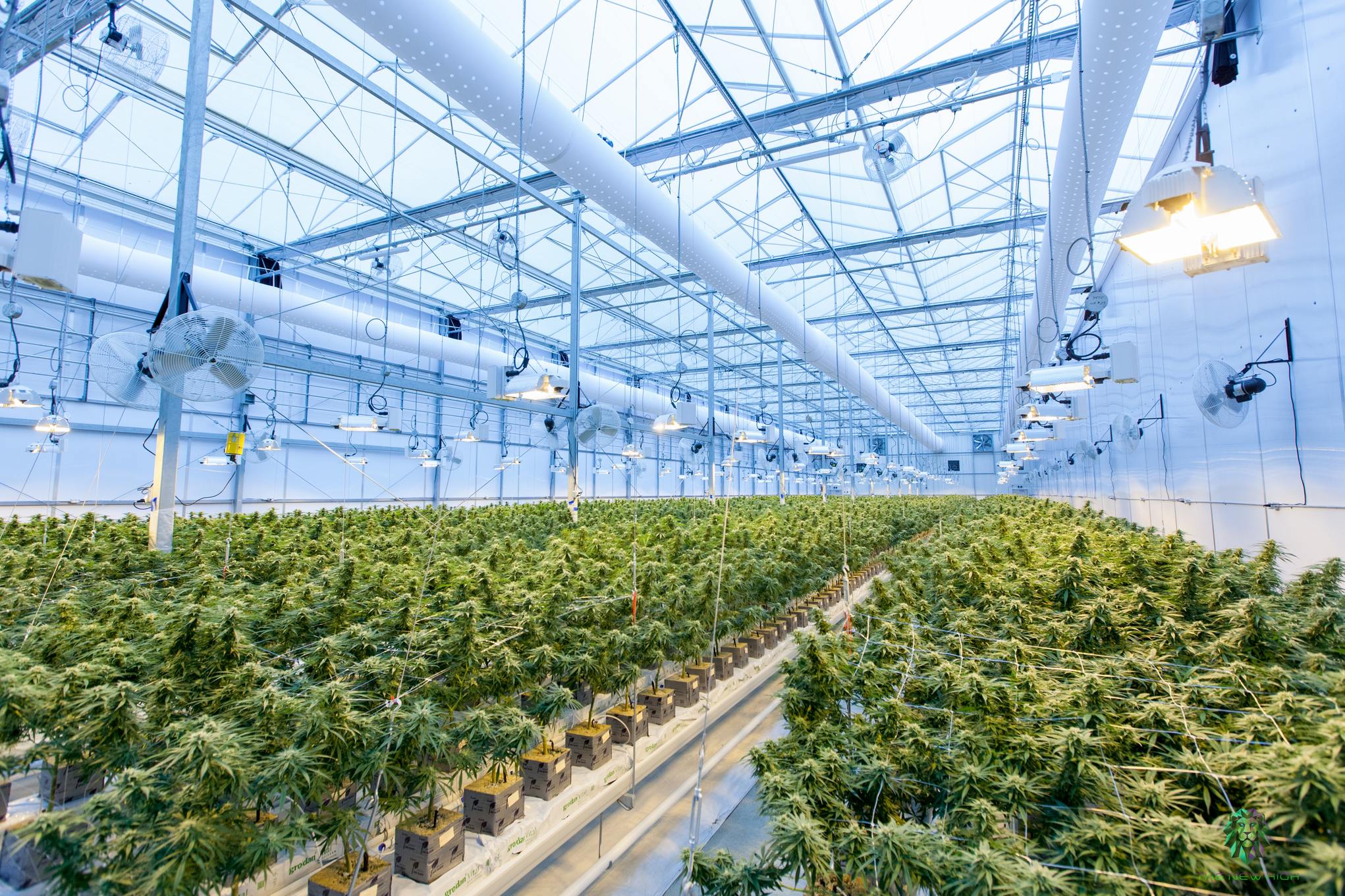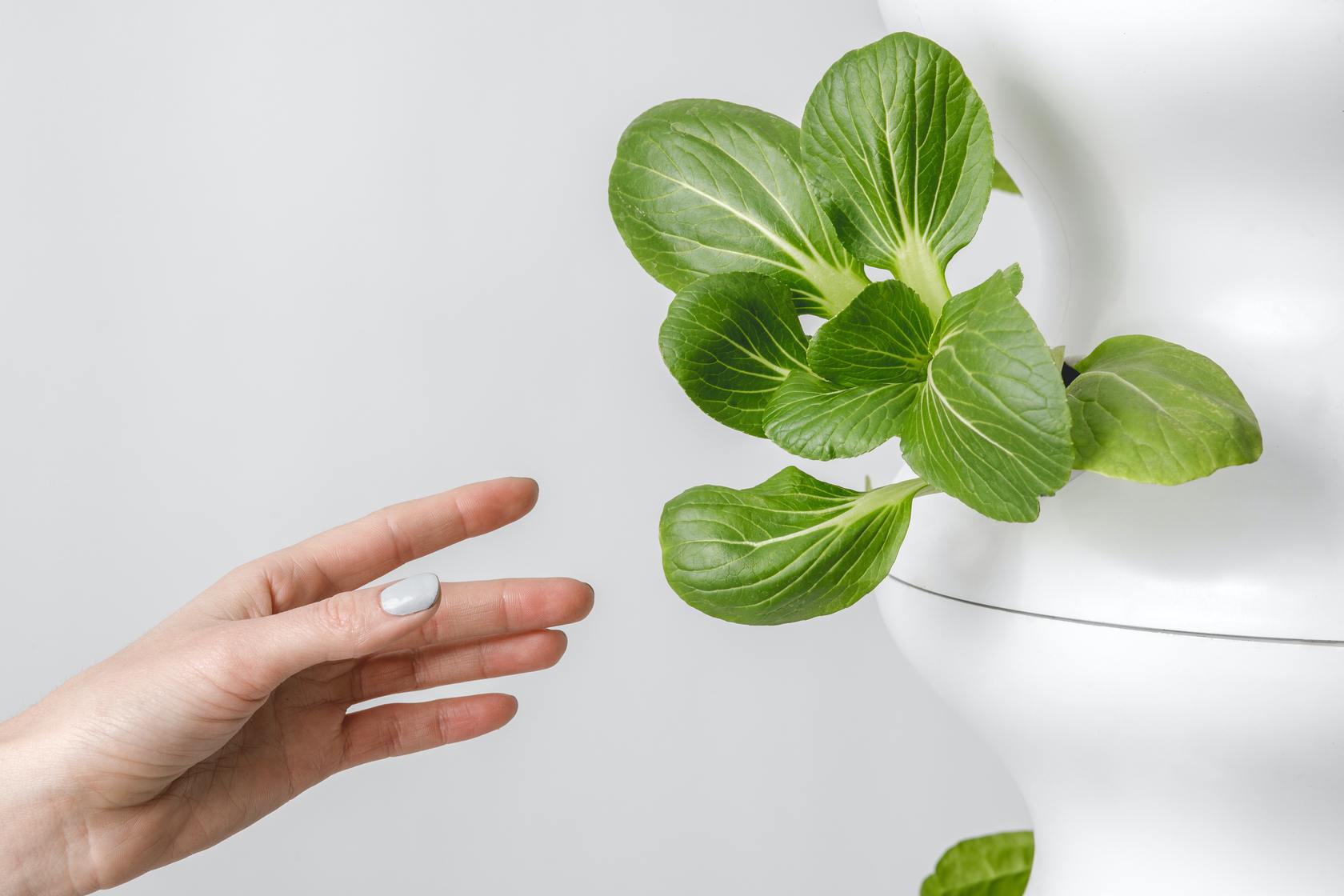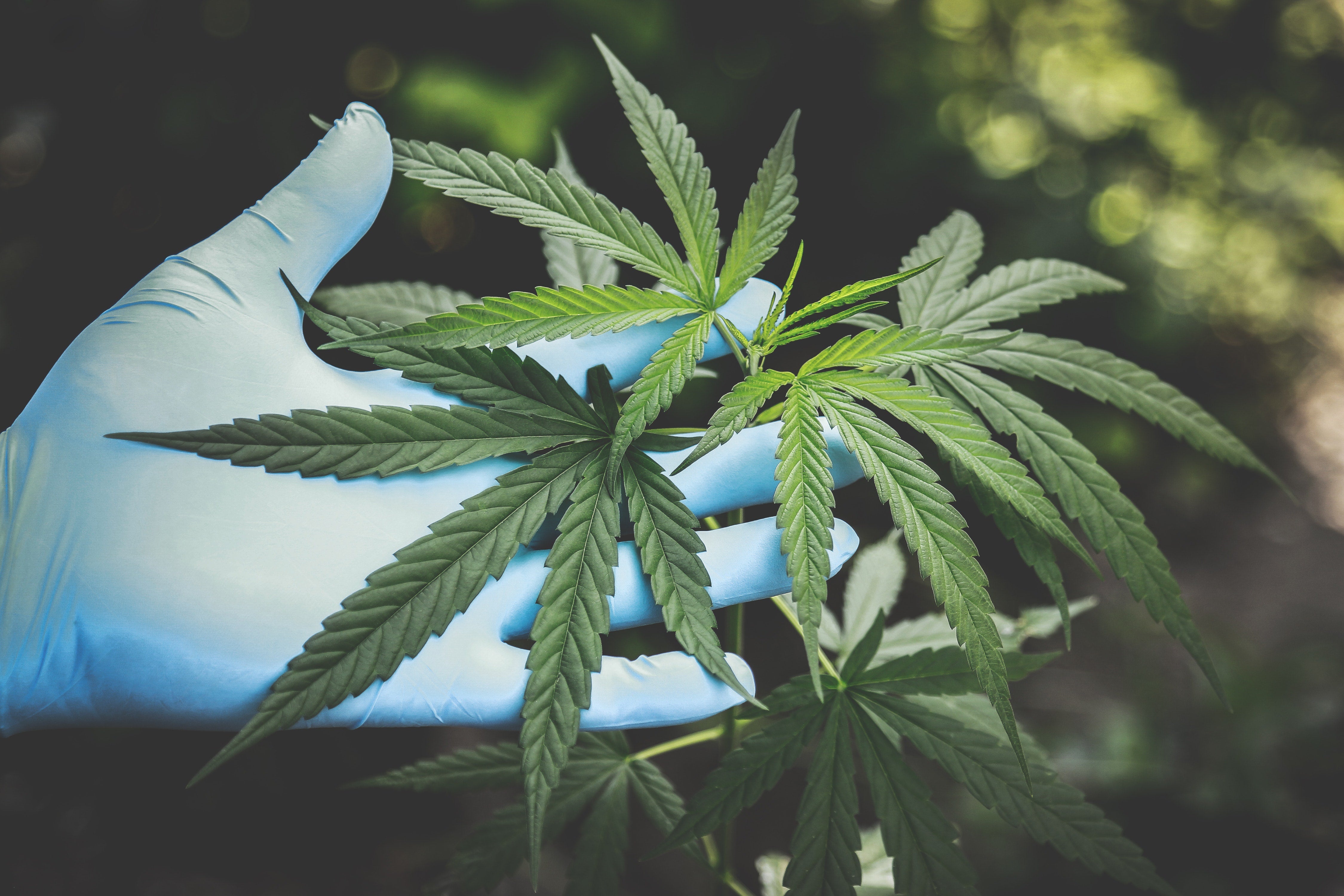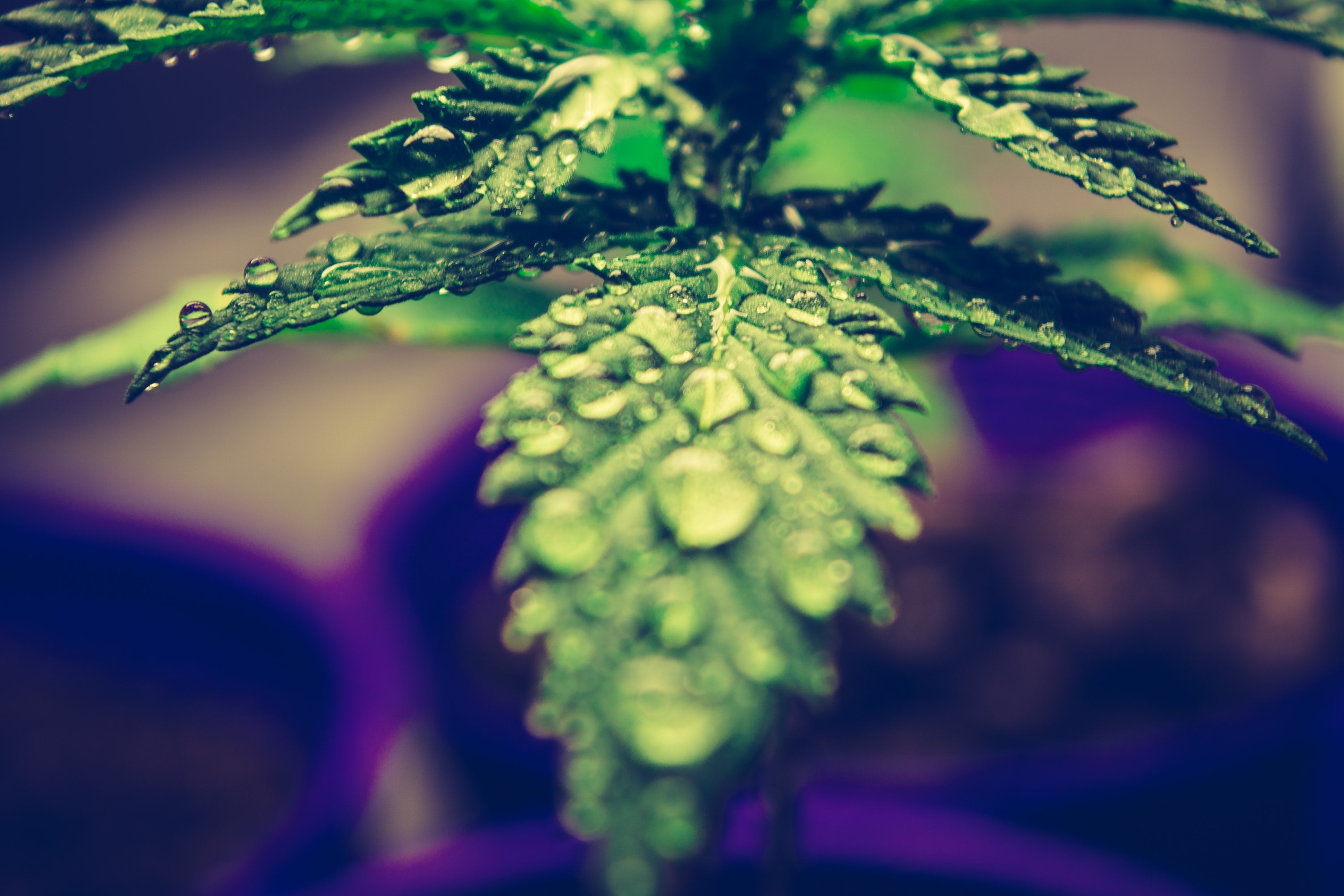By Lydia Kibet
If you’re serious about growing cannabis (whether medical cannabis or for your business, or just for your own purposes), you’re in the right place.
The average marijuana enthusiast knows the importance of a grower starter kit and will not delay throwing any subpar growing equipment.
This sudden shift in demand for high-tech growing starter kits has pushed manufacturers to introduce user-friendly, high-quality, and affordable equipment in the market.
These products are lightweight and come with a DIY manual, which makes the set up easy. After sampling several growing starter kits and comparing their features, we came up with the following:
- TopoLite Hydroponic LED Light Growing System
- The Bud Grower Complete Indoor Grow Kit
- HTGSupply 3×3 Grow Tent Kit
- Gorilla Grow Tent (2’x4′) Led Combo Package
- BloomGrow 36″ X20″ X63″ Grow Tent Kit
- TheBudgrower 150W HPS grow kit.
- TopoGrow LED Grow Tent Complete Kit
- RecRoom Pro Indoor Grow Tent Kit
- TopoLite Grow Tent Room Complete Kit
- Oppolite Indoor Grow Tent Kit Complete Package
1. TopoLite Hydroponic LED Light Growing System
Getting a marijuana growing starter kit has never been easy, and TopoLite Hydroponic growing system has demonstrated excellence over the years.
This is what any marijuana grower would like to own from the simple structure to the high-performance features. The following are the outstanding features in this grow kit:
Size: TopoLite hydroponic tent measures 48x48x80 inches. The size is enough for small-scale marijuana farmers. The height allows the marijuana plants to attain the right height without trimming them.
Material: One of the reasons why marijuana growing experts recommend TopoLite Hydroponic LED system is due to the highly reflective material. The 96% reflectivity prevents light from escaping from the tent.
Duct fan: TopoLite also boasts of a noiseless duct fan. The duct fan ensures that you get adequate sleep, especially if you grow cannabis indoors.
Easy access: Marijuana is a very delicate plant that requires constant checking. First, TopoLite Hydroponic tent has a pebble wing reflector, which tilts up to 180 degrees, allowing light to reach all plants inside the tent easily. Second, the tent has a convertible blast, which supports the grow lights at different angles. Third, you can view the plants inside the tent through the observation window.
2. The Bud Grower Complete Indoor Grow Kit
This marijuana growing starter kit contains most features that other indoor grow kits lack.
From the essential functions such as the fan, light, and tent, to sophisticated features such as potting and soil mix, this is the right kit for your marijuana. Here is an in-depth analysis of features that make this starter kit outstanding:
Size and strength: The Bud Grower tent measures 2 by 2 feet and a height of 5 feet. The considerable height is vital since the plant can attain its maximum height. The tent’s length and width are also standard in size, and you can grow several marijuana plants with ease. The frame of the tent is metallic, and this is vital for durability.
The fan: The grow kit has a four-inch fan with five-speed controls to ensure that the marijuana plants receive fresh air. The fan also reduces the toxic gas produces by the plants inside the tent.
Lighting system: The lighting system is another outstanding feature that people overlook. Here are some of the unique features in the Bud Grow Kit. First, the bulb is an HPS make, one of the most durable brands in the market. Second, the bulb has a power worth 150 watts, producing up to 17,500 lumens. The high-power output ensures plants located in the remote part of the tent still receive enough light.
Extra features: The Bud Grow Kit has a BushDoctor’s Coco Loco Potting Mix and a bag of 5-pound ‘hot soil,’ which ensures that the plants receive all the necessary nutrients for growth.
3. HTGSupply 3×3 Grow Tent Kit
HTGSupply growing kit comes with a complete set of accessories which make it plug and play. It has gained popularity among marijuana growers in the recent past due to its user-friendliness. Here are some of the unique features in this starter kit has. Getting a marijuana growing starter kit has never been easy. Here are the outstanding features of HTGSupply:
Electrical system: HTGSupply grow kit uses an electrical system that is multipurpose. First, you can use the electrical system to connect the LED grow lights in the growing area. Second, you can adjust the electrical system to use in removing excess water from the harvested marijuana buds.
Temperature regulation: HTGSupply has an inbuilt thermometer that monitors the temperature inside the tent. If the conditions are not favorable, the thermostat adjusts the temperature for the marijuana plants’ optimal development.
Ease of setup: Another outstanding feature in the grow tent kit is its simple design. You can easily set it up by following the user manual, which comes with the kit.
4. Gorilla Grow Tent (2’x4′) Led Combo Package.
Gorilla Grow Tent Combo is the starter kit every marijuana farmer would want to have. The combination of a sophisticated lighting system and temperature regulation makes this kit very reliable and productive. Here is an in-depth analysis of the features in the Gorilla Grow Tent Combo:
Regulation: The Gorilla Tent uses a thermometer and duct fan to regulate humidity and temperature. The hygro-thermometer eases the process of detecting temperature and humidity levels inside the tent. The tent also uses air filters to manage the airflow inside the tent. Besides, the tent has a duct fan, which increases ventilation to provide a better environment for cannabis plants.
Lighting system: Gorilla Grow Tent uses a LED light system that produces UV rays. The grow lights in this tent are also energy-saving.
5. BloomGrow 36″ X20″ X63″ Grow Tent Kit
BloomGrow kit is gaining a lot of popularity, especially to novice marijuana growers. The sturdy fabric and high performance make Grow tent kit highly effective. Here is a deep analysis of the features that make this tent a darling to many:
Waterproof: Growing marijuana outside is challenging, especially during the rainy season hence the need for a waterproof tent. BloomGrow tent has a waterproof canvas, which reduces the water from entering the tent. The intensity of rainwater also reduces significantly and gets inside the tent as a drip.
Ventilation: The BloomGrow kit has air filters and fans to increase air supply inside the tent.
6. TheBudgrower 150W HPS grow kit 48″x48″x80″ Hut
TheBudgrower is a household name among marijuana growers. Here are the following features to note about this starter grow kit:
Size: TheBudgrower kit measures 4X4X6.5ft. The height allows the marijuana plants to reach optimal height. The large proportion of the tent also allows adequate air supply. You can grow up to 9 marijuana plants inside the tent.
Soil: One thing that sets TheBudgrower starter kit aside from other grow kits is that it comes with soil to grow the marijuana plants.
Extra features: TheBudgrower kit comes with a four-layered rack that you can use to process the marijuana buds after harvesting. Besides, the kit comes with pots for growing the marijuana plants. Other features in this kit include cementing jars, schnauzers, and twin clip fans.
7. TopoGrow LED Grow Tent Complete Kit
Growing marijuana is getting easier, fancier, and popular among the cannabis enthusiasts, thanks to TopoGrow LED Grow Tent Kit. The kit is highly revered due to its ventilation combo, which comprises of grow tent, filter, grow light, and a fan. With these features, you can get high yields from your indoor marijuana. Here is an in-depth breakdown of outstanding features in TopoGrow Complete Kit:
The fan: The TopoGrow kit would be incomplete without discussing the fan system. The fan has an airflow of 190FCM to ensure that the marijuana plants inside the tent get optimal air supply. The fan system also features a carbon filter that measures a whopping four inches. The large size of the filter traps any odor produced by the cannabis plants inside the tent.
Size: Describing TopoGrow growing starter kit would incomplete without mentioning the size of the grow tent. The tent measures 32″ x 32″ x 63″ which is the standard size for indoor growth. Using a larger size than this would mean that accessing some parts of the house would be hard. On the other hand, using a smaller tent would limit the number of marijuana plants to grow in it.
Reflectivity: The internal part of TopoGrow LED Tent uses a diamond Mylar. The diamond Mylar is waterproof, so you don’t have to worry about water evaporating from the plants. With a reflectivity of 96%, the diamond Mylar in this tent is unmatched in quality.
Material: TopoGrow has one of the sturdiest and thick materials among all the marijuana growing starter kits in the market. First, the tent uses a canvas fabric with a density of 600D. The Oxford canvas fabric and diamond Mylar maximize durability and light reflectivity in the tent, respectively.
Lighting: When you grow cannabis plants indoors, you deprive them of a vital requirement for growth: light. The kit comes with a 300-watt, full-spectrum light. The lighting system ensures that the plants inside the tent get adequate light from germination too harvesting.
8. RecRoom Pro Indoor Grow Tent Kit
If you are looking for a starter grow kit that you can use to grow marijuana immediately, RecRoom is the best. The following are outstanding features in this grow kit:
Grow light: RecRoom starter grow kit has a 600W LED grow light. The grow light produces full-spectrum light with UV rays similar to those produced by the sunlight. Despite the high-power output, the grow light only uses 320W of energy.
Size: RecRoom grow tent measures 2 by 4, which can support several plants on a small scale comfortably.
Extra features: Other features that come with the RecRoom kit include grow pots and nutrients. The grow pots are six in number and contain plastic saucers for durability. You can fold the pots after using them. The starter kit also features water-soluble Lotus Premium Hydroponic nutrients to ensure that the plants grow healthy.
9. TopoLite Grow Tent Room Complete Kit
The TopoLite Grow Tent Room Kit comes with a grow tent, lighting system, and air regulation system. These features make the grow tent outstanding in many ways.
Size and material: This grow tent measures 36″ x 20″ x 63,” which is large enough to support several marijuana plants. The fabric in this grow tent has a density of 600D, which is also lightweight. The light canvas material prevents light from escaping and, instead, is reflected in the inside of the tent.
Lighting system: The grow tent uses a 300W grow light, which illuminates the entire tent. The light from the bulbs is full-spectrum and contains UV rays vital for the growth of the plant.
10. Oppolite indoor grow tent kit complete package.
If you are a relatively large-scale marijuana grower, you will find this grow kit valuable. The kit features a grow tent, lighting system, and air regulation.
Size and material: The Oppolite grow tent measures 96″X48″X80″. The large size supports several marijuana plants and allows them to reach their optimal height without straining. The Oxford fabric used in the grow tent has a density of 600D. The internal layer has a 96% reflectivity of diamond Mylar which is also waterproof. To further increase the reflectivity capacity, the metal rods have white paint.
Lighting system: Oppolite grow tent has two grow lights made using COB LED. The lighting system uses six bulbs, whereby each one of them produces 200W of light. Besides, the light consumes only 360W of energy.
Air regulation: This starter kit uses a fan and carbon filters to regulate the tent’s air supply. The carbon filters suppress the smell of marijuana from the plants.
Features of the best marijuana growing starter kit
When choosing the ideal marijuana growing starter kit, you should ensure that it comprises of the following features:
Grow tent
The grow tent is the hub for keeping the other equipment and growing the marijuana plants.
When choosing a grow tent, you should consider its shape and size.
The two features play a vital role in determining whether the cannabis will grow with ease. If you are a small-scale marijuana grower, you should choose an equally smaller tent.
The same applies if you stay on the ground floor of a story building. The height of the grow tent should not touch the building’s ceiling as this could destroy the plants.
Grow lights
The lights act in the place of natural sunlight.
The main aim of grow lights in marijuana grow starter kit is to provide the plants with energy for photosynthesis. The grow lights also prevent the plants from stunting.
The grow lights in the starter kit should, therefore, illuminate light with the same properties as the sunlight.
It is also essential to check the power consumption of the grow lights. LED grow lights tend to consume less energy but produce more energy.
Ventilation system
Growing marijuana indoors requires adequate ventilation.
First, ventilation makes sure that the plants grow in a clean environment.
Second, when the marijuana plant grows in an area with enough ventilation, their stems and branches grow stronger.
Third, ventilation ensures that the plants do not scorch their leaves from the extreme heat generated during photosynthesis.
The ventilation system contains a fan to supply fresh air inside the tent.
Carbon filters
A filter is a vital part of the marijuana growing starter kit since it regulates the air supply in a tent.
The primary work of the carbon filter is to trap any bad odor from the marijuana plant. Carbon filters are a sure way to avoid the social stigma that people attach to cannabis growers.
Soil and nutrients
Soil is the primary medium of growing marijuana plants. Most marijuana growing starter kits come with soil for growing cannabis.
The manufacturers test the PH levels to make sure that the plants can thrive. In some cases, the manufacturers might provide nutrients. Nutrients are vital for the growth and development of marijuana, hence the decision to include them in the starter kit.
The nutrients in the starter kits should be beneficial to the marijuana plant and should not cause damage.
Hooks and hanging elements
Many people overlook the importance of hooks and hanging equipment when looking for marijuana growing starter kits.
Partly, this is due to the perceived inconvenience of the hanging equipment, or lack of knowledge about their importance.
Hooks and bars keep the grow tent together. They also help in holding other equipment such as grow lights intact. A grow starter kit that contains hooks is more durable and can accommodate more equipment.
Conclusion
The market is awash with substandard marijuana growing starter kits.
However, from the review above, you can identify the real growing starter kits in the market. Please note that each product in the market contains disadvantages. Therefore, you should emphasize the benefits of each product and compare it to the cons.
This strategy gives you the green light to go for a particular product. The features that comprise the ideal marijuana growing starter kit also play a vital role, and you should, therefore, focus on them more.



























